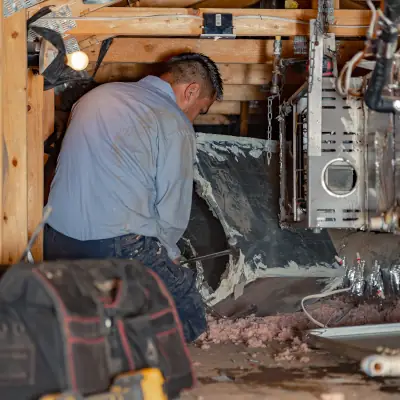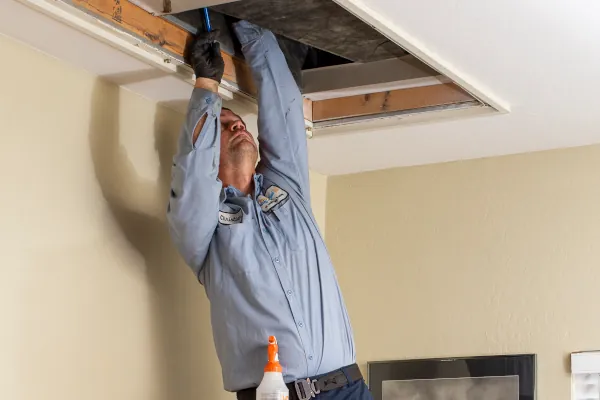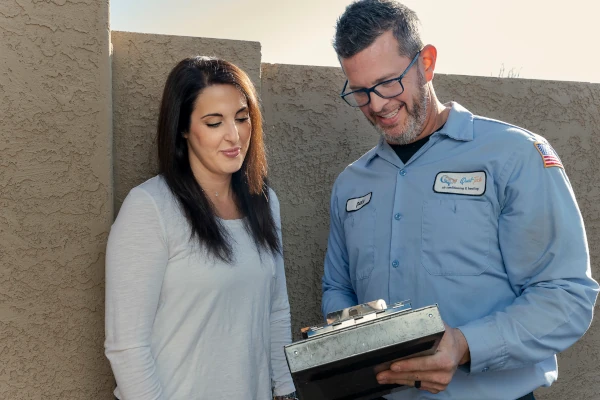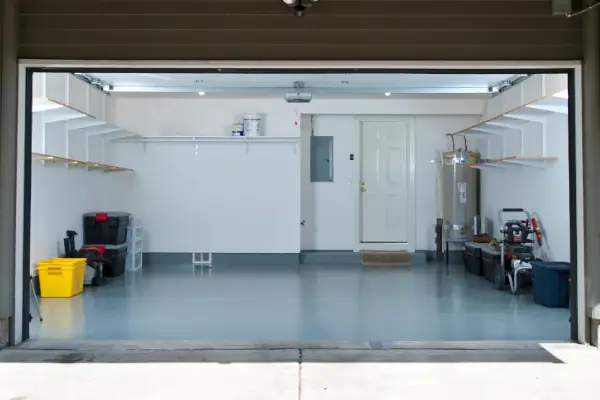Your home’s HVAC system plays a crucial role in keeping your home comfy. The most crucial part of your HVAC system are the ducts the move hot, and cold air around. While many homeowners overlook their ductwork, understanding when and why you might need to replace air vents can save you money and improve your home’s energy efficiency. This guide will walk you through the essential considerations, helping you decide whether a ductwork replacement might be necessary.
Understanding Ductwork
What Are Air Vents and Ductwork?
Air vents and ductwork form the circulatory system of your home’s heating and cooling infrastructure. They distribute conditioned air throughout your living spaces, connecting your HVAC unit to individual rooms. These metallic or flexible pathways ensure consistent temperature and air circulation in your home.
Common Materials Used in Duct Construction
Residential ductwork is typically constructed from sheet metal, fiberglass, flexible non-metallic materials, or composite systems. Sheet metal ducts offer durability and resistance to damage, while flexible ducts provide easier installation in challenging spaces. Each material has unique performance characteristics, thermal properties, and potential longevity.
Typical Lifespan of Residential Ductwork
Most residential ductwork is designed to last 25+ years with proper maintenance. Factors like material quality, installation precision, usage intensity, and environmental conditions significantly influence longevity. Regular inspections and proactive maintenance can help extend the functional life of your home’s ductwork system.
Ductwork will usually last indefinitely without some form of accelerated wear or damage, meaning that unless something goes wrong you shouldn’t have to replace it.

Why Would A Ductwork Replacement Be Necessary?
Before diving into specific scenarios, it’s important to understand that ductwork replacement isn’t always necessary. Let’s explore situations where replacement makes sense.
Deteriorating Ductwork
After enough wear and tear, ductwork may become ineffective, and may even need replacement. Visual indicators like visible rust, holes, or disconnected joints suggest your ductwork may be failing. Sections that appear crushed, dented, or have gaps can significantly reduce airflow efficiency and compromise your system’s overall performance.
Beyond physical damage, performance-related symptoms can signal underlying ductwork issues. Inconsistent temperatures between rooms, unexplained increases in energy bills, excessive dust accumulation, and unusual whistling or rattling sounds when your HVAC operates are red flags. These symptoms often indicate air leaks, poor insulation, or structural compromises within your duct system.
Key warning signs include:
- Visible physical damage or corrosion
- Persistent musty or moldy odors
- Sudden spikes in energy costs
- Uneven cooling or heating across rooms
- Excessive dust around vents
- Strange noises during HVAC operation
- Visible gaps or disconnections in ductwork
Old, Damaged Ductwork
Older ductwork doesn’t need to be replaced simply because of age, but only if there are other factors. If your ductwork is old and has compounding issues with mold or physical deterioration, it might be worth the investment to replace it. Usually a system is considered old if it’s more than 25-30 years in age.
Inefficient Cooling
Old, deteriorating ductwork can leak up to 30% of your conditioned air into unused spaces like attics and crawl spaces. These leaks force your AC unit to work harder and longer to maintain desired temperatures, significantly increasing energy consumption and utility costs while reducing your AC system’s overall efficiency and lifespan.
Bad History With Ductwork Issues
Previous home conditions can significantly impact your ductwork’s current state and replacement needs. Homes with a history of pest infestations may have compromised duct integrity from animal nesting or damage. Additionally, past water damage events, prolonged exposure to high humidity, or previous poor maintenance practices can accelerate deterioration. Even prior renovation work that modified the original layout might have created inefficient air distribution patterns that warrant ductwork replacement.
The Benefits of A Ductwork Replacement
The Energy Efficiency of New Ductwork
Get a ductwork replacement can dramatically improve your home’s energy efficiency. New ducts minimize air leakage, which prevents conditioned air from escaping into unconditioned spaces like attics and walls. This reduction in thermal loss means your HVAC system won’t have to work as hard to maintain desired temperatures, potentially leading to significant savings on monthly utility bills.
Better Air Quality
Enhanced air quality is another major benefit of duct replacement. Old ductwork can harbor years of accumulated dust, allergens, and potential mold growth, which continuously circulate throughout your home. New ductwork starts fresh, eliminating these built-up contaminants. Additionally, modern ducts are better sealed, preventing the introduction of attic dust and other pollutants that can enter through gaps in deteriorating systems.

Is A Ductwork Replacement Worth The Cost?
Ductwork replacement will typically cost between $4,800 and $12,000 if you have an average-sized home. This estimate can vary with your home’s size, ductwork accessibility and the material you’d like your ductwork to be made out of. Low-end materials might cost you $4000 while a high end system will exceed $10,000. Either way, replacing your ductwork is a large expense and should not be done lightly.

The decision to replace ductwork often depends on your current system’s condition and your financial situation. If your ducts are severely deteriorated, causing substantial energy waste, or contributing to poor indoor air quality, replacement costs can be offset by long-term energy savings and improved air quality. However, if money is tight and your ductwork only has minor issues, it’s just not worth the cost. Consider your long-term plans for the home – replacement makes more sense if you plan to stay in your home for several years to realize the return on investment.
What About Ductwork Repairs?
Minor ductwork repairs can effectively address specific issues without requiring a full ductwork replacement. Professional technicians can seal leaks using specialized metallic tape or mastic sealant, repair disconnected joints, replace damaged sections of flexible ductwork, and add insulation to improve efficiency. Small holes can be patched, and loose connections can be reinforced, while professional duct cleaning can resolve airflow issues caused by debris buildup.
Repairs are typically the better choice when damage is localized to specific sections, and the overall system is structurally sound. Minor issues like small leaks, isolated damage, or loose connections can be effectively fixed without full replacement. Replacing the whole ductwork system is better for when there’s damage all throughout, or if there’s mold or another contaminant.
Making the right decision about your ductwork can significantly impact your home’s comfort and energy efficiency. While replacement represents a substantial investment, it may be necessary for severely deteriorated systems or when upgrading to more efficient HVAC units. Consider your system’s age, current condition, and your long-term financial goals when deciding between ductwork replacement and repair. Always consult with qualified HVAC professionals to make an informed choice about your home’s ventilation needs.





